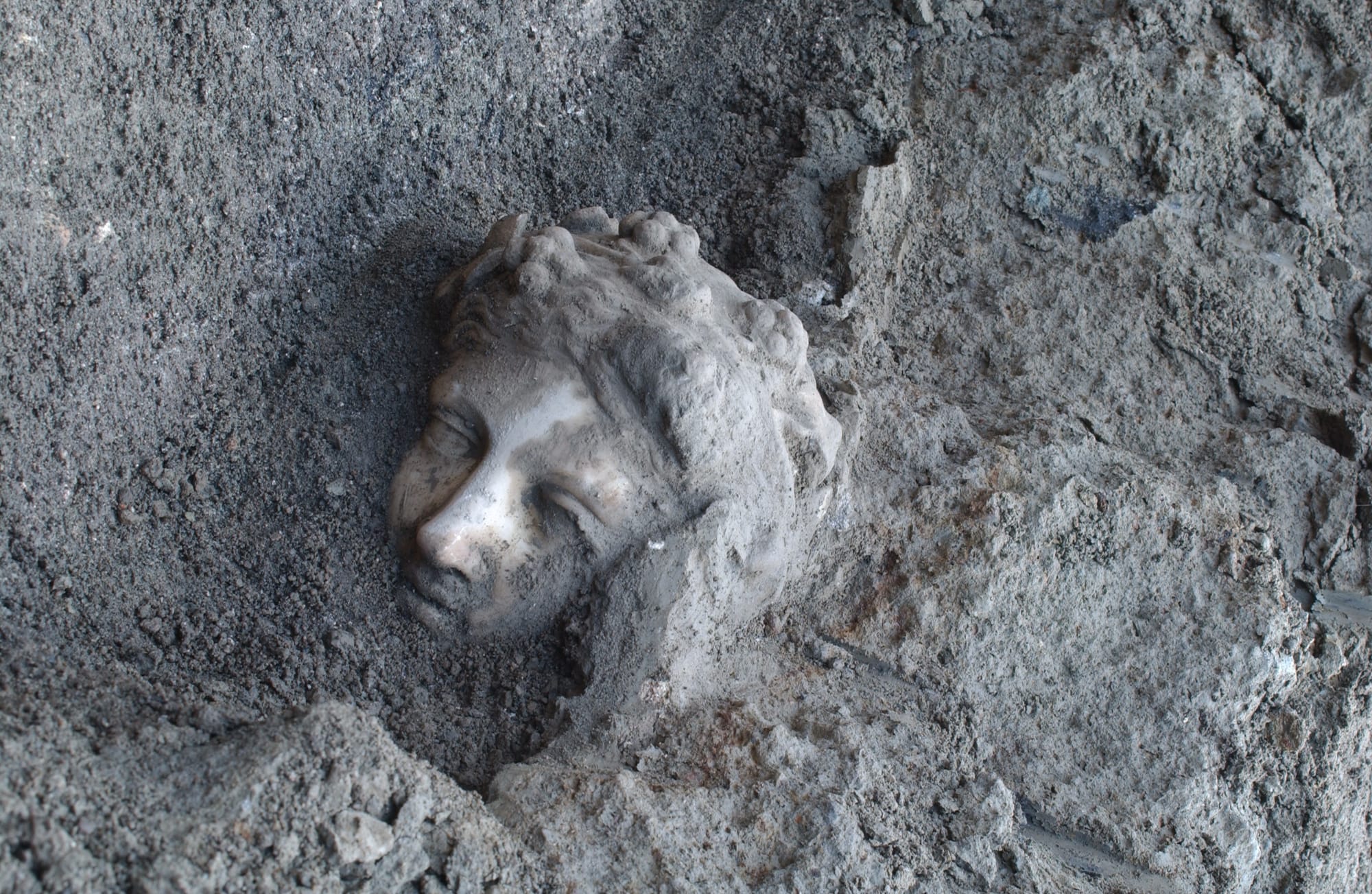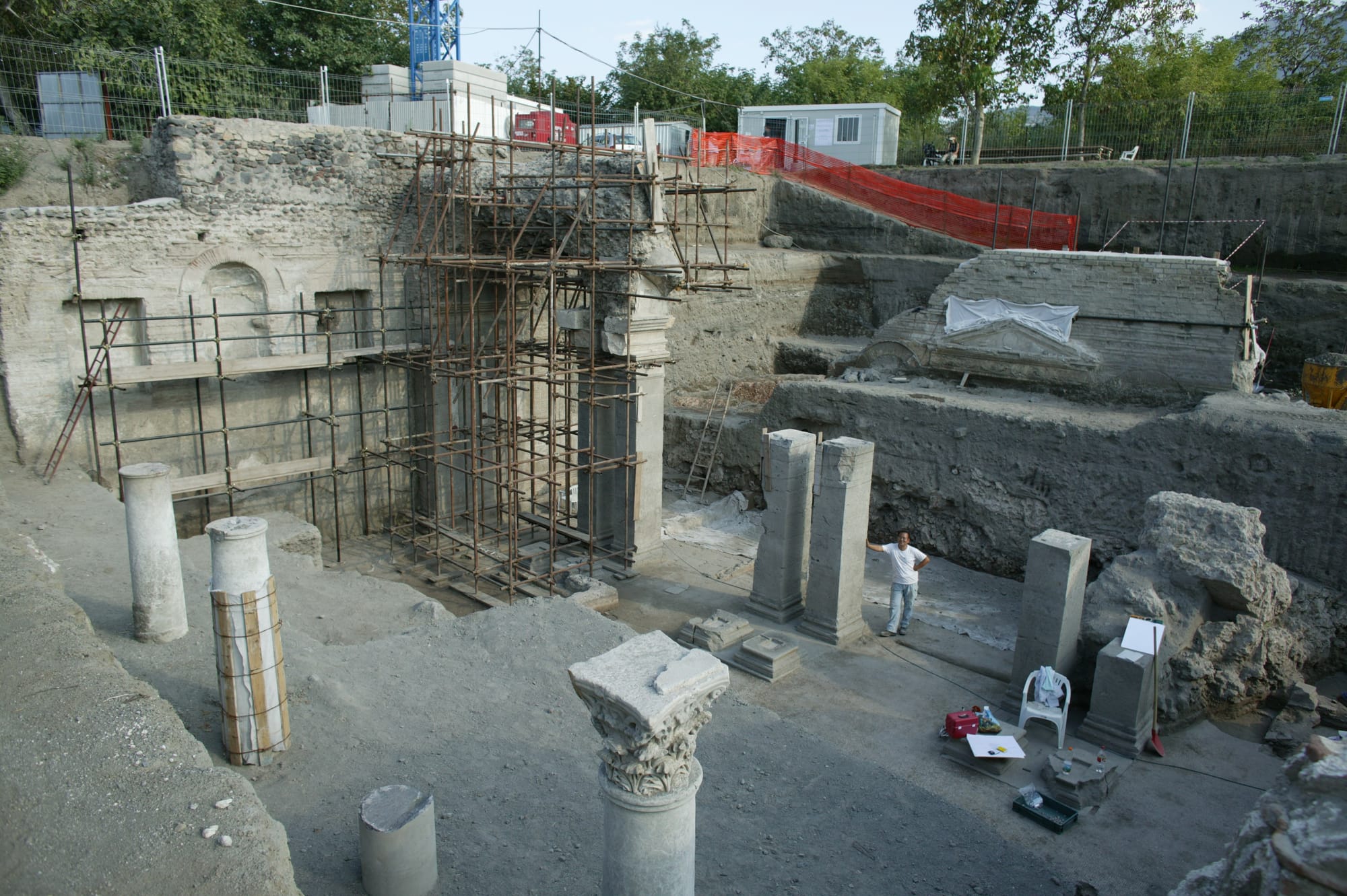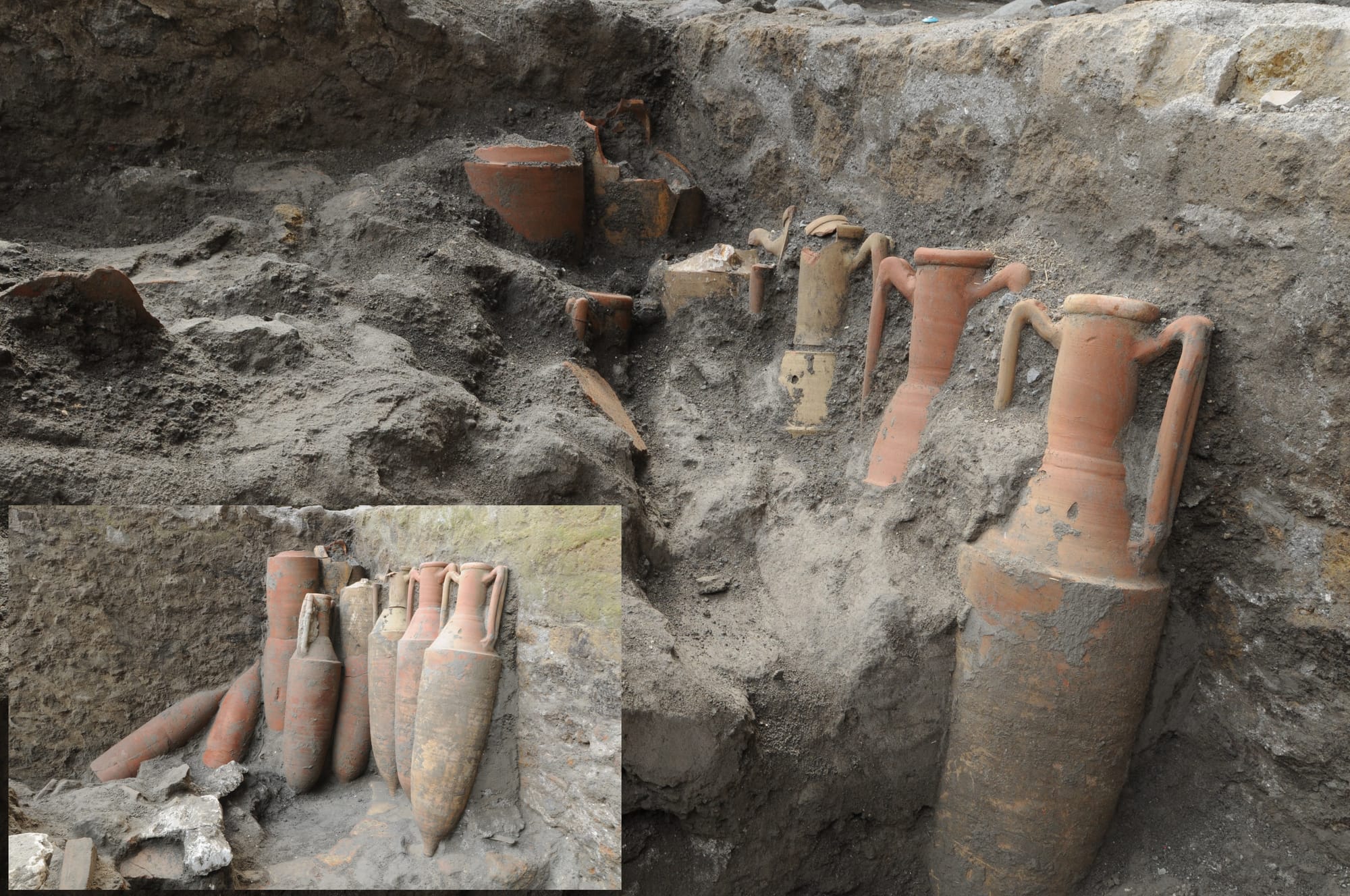Is this the Roman Villa where Emperor Augustus died?
Researchers may have found the villa where Emperor Augustus died.

Researchers from the University of Tokyo may have found the Roman Villa where Emperor Augustus died, in a very recent development.
Pompeii, once a thriving hub in the Roman Empire, continues to captivate historians and archaeologists with its rich archaeological tapestry preserved under layers of volcanic ash from Mount Vesuvius. The catastrophic eruption in 79 AD that buried the city also paradoxically preserved a slice of Roman life, offering unprecedented insights into the past.
New Findings from the Ancient City
Recent excavations in Pompeii have focused on unearthing and understanding the finer details of Roman urban life. Researchers have concentrated their efforts on the northern area of Pompeii, specifically Insula 10 of Regio IX. This section is very important, due to its dense urban fabric and the presence of significant residential and commercial establishments.
Since 2002, the University of Tokyo has been conducting archaeological investigations at Somma Vesuviana, located north of Mount Vesuvius.
The team has discovered a Roman villa, dating back to before the mid-1st century beneath an ancient 2nd-century structure in Campania, Italy. This site, located in the northern region of Somma Vesuviana, challenges previous beliefs that only the southern areas near Vesuvius, like Pompeii and Herculaneum, suffered extensive damage from volcanic eruptions. The findings suggest the villa could have belonged to Emperor Augustus, as they align with historical accounts by Roman historians such as Tacitus, Suetonius, and Dio Cassius.
Researchers speculate that the site recently uncovered may indeed be the long-lost villa where Emperor Augustus is said to have died. Historical records suggest that Augustus passed away in a villa located north of Mount Vesuvius in 14 C.E., but the exact location of this villa had not been confirmed prior to these findings.
In 1929, a local farmer stumbled upon remnants of a hidden structure in his field, leading to the unearthing of a lavish villa believed to have been owned by Augustus. Initially, due to economic constraints, extensive archaeological efforts were stalled.
This changed in 2002 when the University of Tokyo initiated a comprehensive project with local experts to excavate and study the site thoroughly. This project has since revealed numerous Roman artifacts, exquisite marble statues suitable for museum exhibition, a large complex with diverse rooms, and elaborate decorations including wall paintings, stucco reliefs, and mosaics.
“Excavations around Mount Vesuvius have been ongoing since the 18th century. It was known that beneath the ash and debris from the biggest eruption in A.D. 79, various Roman artifacts lay buried”, said Kohei Sugiyama, an archaeologist from the Institute for Advanced Global Studies at the University of Tokyo. “Most exploration related to that are focused on regions to the south of the volcano as that is where the majority of ejecta fell, and damage was suffered. For over 20 years, we have excavated large sections of the villa and have recently uncovered some previously unknown rooms and other architectural elements. Using radiocarbon dating, and with help from volcanologists to perform extra analysis, we determined that these newly discovered sections are buried under volcanic material from the A.D. 79 eruption”.

Sugiyama's team has uncovered extensive damage from lava flows and pyroclastic surges in the northern area of Mount Vesuvius, akin to the devastating scenes often depicted in volcanic disaster films. During their 2002 excavation at the villa site, they found that while the upper layers of the building date back to the mid-second century, the villa itself was constructed over earlier structures that were only partly visible.
This discovery highlights the continuous rebuilding efforts by the local population after the catastrophic eruption in 79 AD, a stark contrast to Pompeii, which was left buried under volcanic ash and abandoned for centuries.
Insights from the Recent Excavations
The latest excavations have uncovered 2 villas: the first that was buried under ashes from the 79 C.E eruption and a second one, that was built on top of the first.
Mariko Muramatsu, the leader of the University of Tokyo's excavation project in Somma Vesuviana, says in his translated statement that although there are descriptions of the villa being consecrated, its location had never been confirmed until now.
“Recent excavations have revealed some rooms of the building before the eruption in 79 CE. So far, four rooms and spaces have been identified”, the statement explains.
“In particular, in what we call Room 22, as many as 16 earthenware vessels (amphorae) were found for transporting and storing wine and other items, many of which remained leaning against the walls. On the floor of a small space called Room 25, a large amount of charcoal and ash from the fire was found. This is thought to be the part of the kiln where water is thought to have been boiled”.

Inside the villa, archaeologists uncovered what appears to be a kiln-like structure, likely serving as the furnace for heating the villa's private bathhouse—a luxury indicative of the wealth and status of its owner. Radiocarbon dating of charcoal samples from the kiln suggests that the villa was in use from the early first century, with the kiln likely falling out of use sometime after Emperor Augustus's death.
The second-century villa also fell victim to the eruption of Mount Vesuvius in 472 C.E., becoming buried under ash like its predecessor. This layering of volcanic deposits now provides modern researchers with valuable insights into the changing lifestyles of the Romans across different eras.
While many areas to the south of Vesuvius, such as Pompeii, were left in ruins and not reconstructed for centuries following the devastating eruption, the site of this villa saw rebuilding efforts shortly afterward. By the mid-second century, a new structure resembling a temple was built over the remnants of the villa. In contrast, Pompeii remained buried under thick layers of volcanic debris and was not subject to significant reconstruction until much later in the Middle Ages.
"Our recent excavations have for the first time unearthed parts of buildings that were buried during Mount Vesuvius's eruption in 79 C.E., providing scientific evidence of a building from the time of Emperor Augustus in this region”, says Mariko Muramatsu.
What does the future hold?
Now that the archaeologists have dated the villa, they hope they can officially identify it as Augustus’.
As they state in their press release: “First, we will expand the excavation area, detect as many outlines of buildings buried in the eruption of 79 [C.E], and proceed with research to find out what kind of buildings they were, and what their functions and decorations were”.









About the Roman Empire Times
See all the latest news for the Roman Empire, ancient Roman historical facts, anecdotes from Roman Times and stories from the Empire at romanempiretimes.com. Contact our newsroom to report an update or send your story, photos and videos. Follow RET on Google News, Flipboard and subscribe here to our daily email.
Follow the Roman Empire Times on social media: